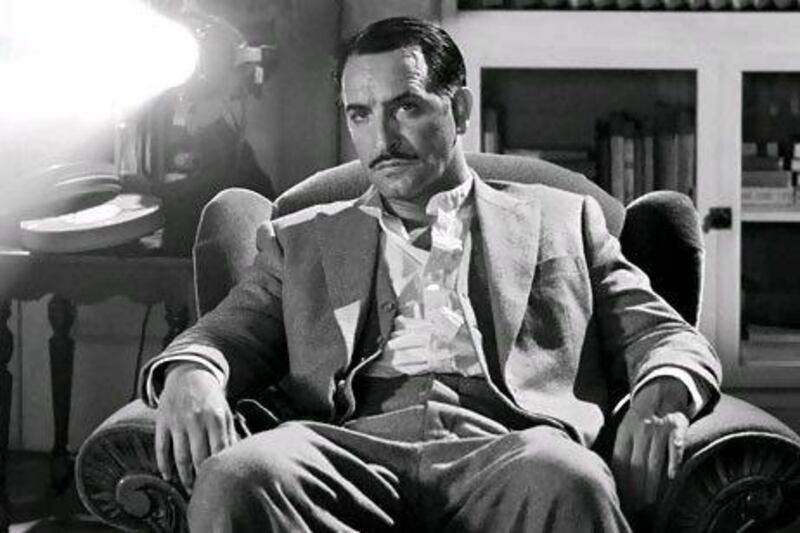In the Oscar-winning film The Artist, the main character produces a silent picture that is released on the day of the 1929 stock market crash.
It flops, partly because audiences flock to a new film with sound. But perhaps businessmen of the time should have paid more attention to the lessons of keeping quiet.
"In presentations and speeches, silence is incredibly powerful," says Jonty Summers, the general manager of the communications advisory company Bladonmore Middle East. "People who present well use it as a tool to help them get their point across."
Take Steve Jobs, Apple's late co-founder, who paused for about 15 seconds during a speech to graduates at Stanford University.
"We use him as an example of someone who spoke in public very well, although I understand he wasn't always the most natural or comfortable public speaker," says Mr Summers.
He prepared well and used techniques to improve the delivery, Mr Summers says. At Stanford, the pause was perhaps a bit long - it need not be more than five seconds, Mr Summers says. But it left many in the audience hanging on Jobs's next word.
"If you are sat in a speech and there are lots of people sitting around and the speaker doesn't talk for a moment - two, three, four, five seconds - suddenly the audience's attention focuses on them," says Mr Summers
But the pause can be just as effective after an important point.
According to type theory, which was first discussed in the 1920s by the psychiatrist Carl Jung and proposes that human behaviour is predictable, there are two types of people: extroverts and introverts.
Extroverts are able to process information in real time and offer their opinion while doing so, while introverts prefer to reflect, think through ideas, and construct sentences before forming ideas and giving opinions.
Pausing in a presentation allows "reflectors" to contemplate and formulate their thinking. They probably make up about 50 per cent of the audience, says Tracy Stodart, a senior psychologist and director of development and standards for Innovative HR Solutions in Dubai.
"Thus a presenter is more likely to convey their messages and gain buy-in if they balance time for those who require reflection to think and formulate ideas and leave pauses at appropriate moments for key messages to settle," she says.
Staying silent is not, of course, the only thing that presenters can do to improve their speeches.
Start with the end in mind
Think about what you want the audience to know. "When you start with that, you can think of all the bits of evidence and examples that you use to support that message. And then it is easier to structure your speech or presentation around that," says Mr Summers.
Do not rush
If you hasten through your presentation, you are not giving your audience time to process what you are saying. "Taking a breath also gives you a moment to process your thoughts and take in enough oxygen to allow you to deliver your next statement powerfully and eloquently," says Ms Stodart.
Remember eye contact
Bill Clinton does this very well, says Mr Summers, who saw him speak at Emirates Palace to a group of chief executives. "He will look at you for four or five seconds and then he looks at Hajeeb over there for four or five seconds, so you know you have that personal connection with him," he says. "And I have to tell you, I was surprised he didn't give me his number at the end of it, because I actually thought 'this is great, it's just me and Bill'," Mr Summers says, laughing.






